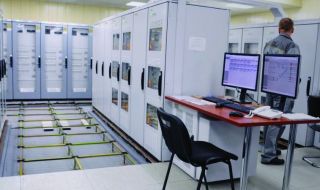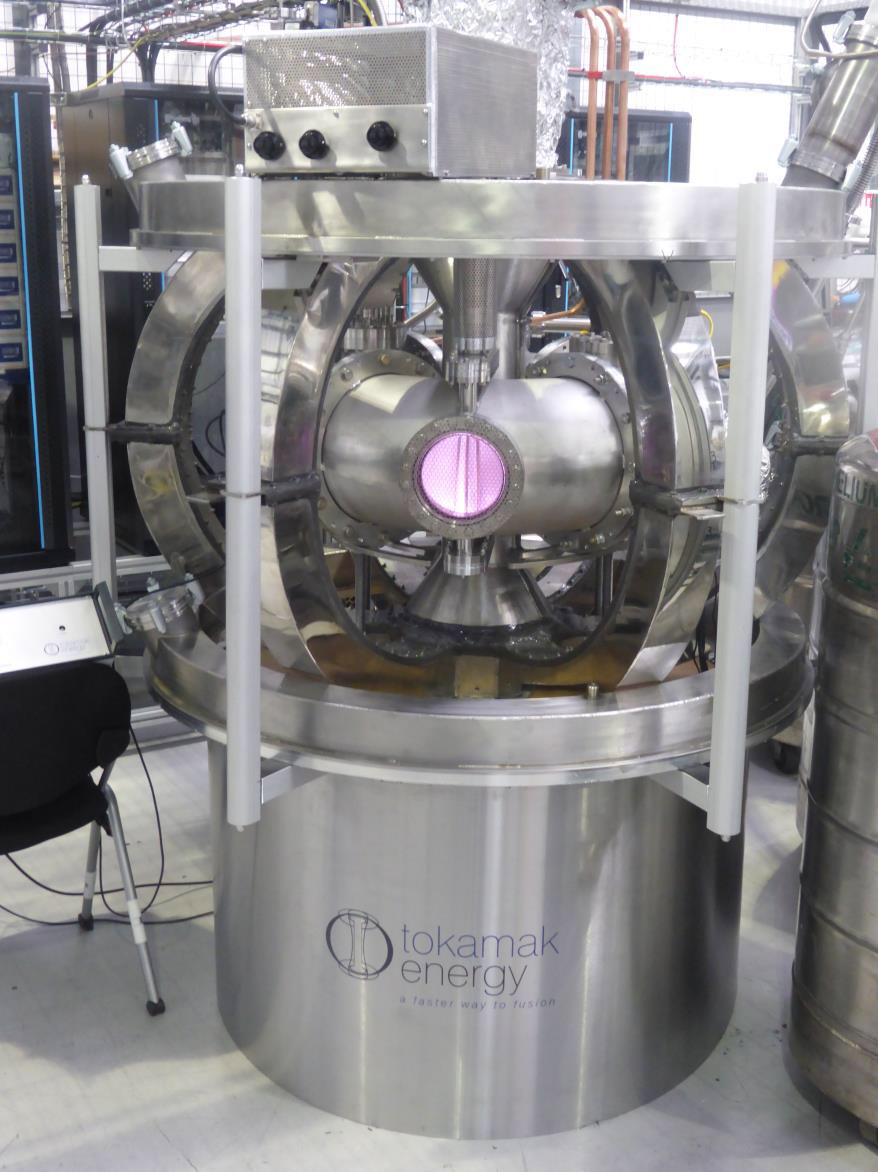Initial Los Alamos comingled TRU waste delivered to WIPP

Workers at LANL's RANT facility load the first comingled TRU waste shipment from the DOE and the NNSA. Photo: DOE
The Los Alamos field offices of the Department of Energy's Office of Environmental Management and the National Nuclear Security Administration have completed their first comingled shipment of transuranic (TRU) waste from Los Alamos National Laboratory to the Waste Isolation Pilot Plant in New Mexico.
"Comingling NNSA and EM waste allows for more efficient shipments to WIPP," Kirk Lachman, EM Los Alamos field office manager, said on January 14. "Reducing LANL’s above-ground waste inventory is an important issue to our local communities and is one of our mission priorities.”
The comingled shipment consisted of one Transuranic Package Transporter Model 3 container with a total of 28 drums and containers inside.




 President Biden has appointed
President Biden has appointed

 The Nuclear Threat Initiative (NTI) and the Center for Advanced Defense Studies (C4ADS) last week released
The Nuclear Threat Initiative (NTI) and the Center for Advanced Defense Studies (C4ADS) last week released 

 Five former chairmen of the U.S. Nuclear Regulatory Commission—Stephen Burns, Allison Macfarlane, Nils Diaz, Richard Meserve, and Dale Klein—
Five former chairmen of the U.S. Nuclear Regulatory Commission—Stephen Burns, Allison Macfarlane, Nils Diaz, Richard Meserve, and Dale Klein—


